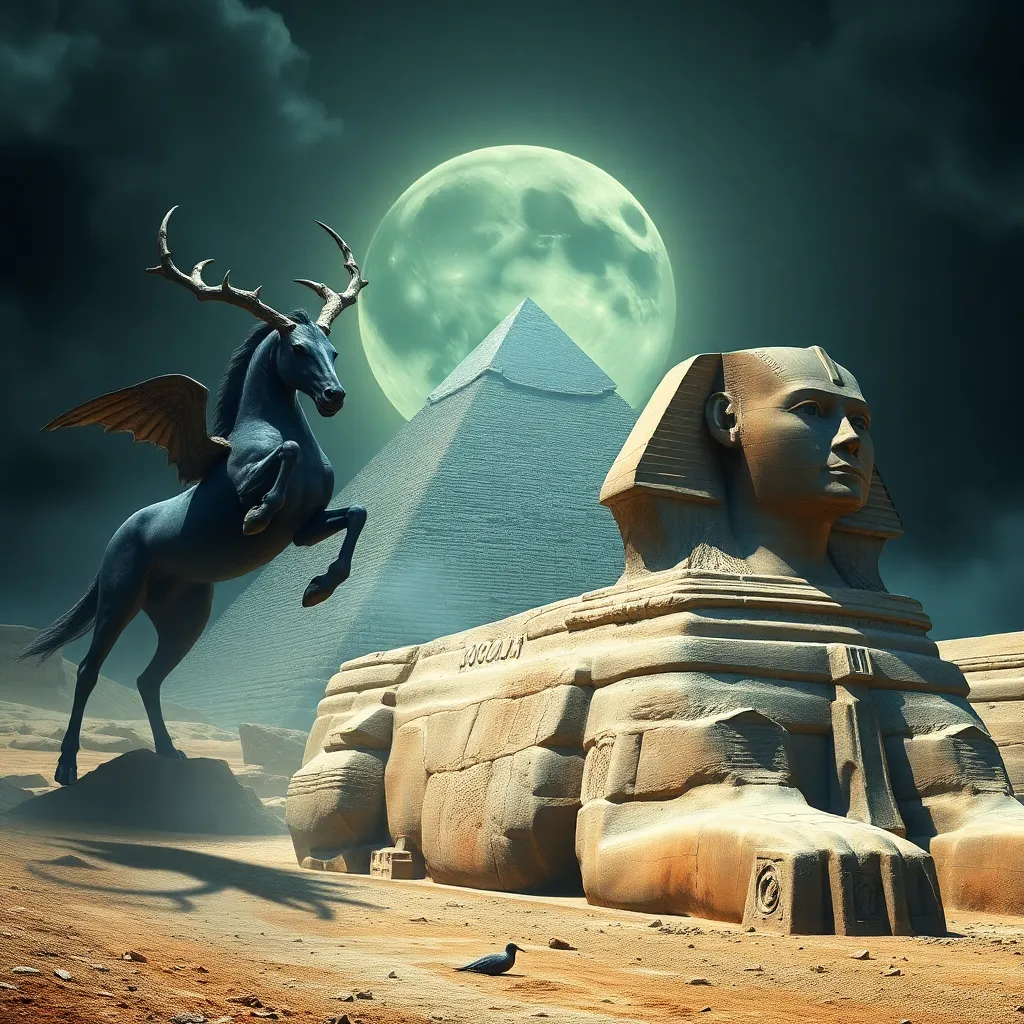Baltic Mythology: The Land of the Dead
The Baltic region, encompassing Latvia, Lithuania, and Estonia, boasts a rich tapestry of mythology and folklore. Central to this fascinating world of beliefs is the concept of the afterlife, a realm shrouded in mystery and fascination. Unlike the prominent single afterlife of many other cultures, Baltic mythology offers a diverse and complex view of the existence beyond the veil of life. This land of the dead, known as "Anapilis" in Lithuanian folklore, holds a significant place in the cultural and spiritual fabric of the Baltic people.
The Afterlife in Baltic Mythology: Beyond the Veil
Exploring the afterlife in Baltic mythology unveils a spectrum of beliefs and practices surrounding death. While the precise nature of the afterlife differs across various interpretations, a common thread weaves through these beliefs. They recognize a distinct realm where spirits of the deceased reside, separate from the world of the living. This realm, or "Otherworld," as it is often referred to, carries a sense of mystery and reverence, a realm of shadows and spirits where the rules of the physical world no longer apply.
The Journey to the Otherworld: Navigating the Paths of Death
The transition from the living world to the Otherworld is depicted as a complex and symbolic journey. According to Lithuanian folklore, the souls of the deceased must traverse a river, known as the "Sūduva River," to reach their final destination. This river symbolizes a barrier between the realms, a threshold that must be crossed to enter the world of the dead. The journey is often viewed as a trial, a metaphorical test of one's life and deeds. The manner in which one navigates this journey can determine their fate and status in the afterlife.
The World of the Dead: A Realm of Shadows and Spirits
The Otherworld, a realm of shadows and spirits, is often depicted as a place of both beauty and terror. It is described as a mirror image of the living world, with its own forests, rivers, and fields, but imbued with a mysterious, ethereal quality. The air is thick with the presence of the dead, and the landscape echoes with the whispers of spirits. The spirits of the deceased are not always passive observers; they can interact with the living, offering guidance, protection, or even retribution.
The Role of Ancestors: Guiding Spirits and Guardians of the Living
Among the spirits inhabiting the Otherworld, ancestors hold a special position. They are revered as guardians of the living, their spirits believed to watch over their descendants and offer guidance and protection. The bond between the living and the dead is strong, and families often seek the counsel of their ancestors through rituals and prayers. These ancestral spirits are believed to play a vital role in maintaining harmony between the living and the dead, ensuring the well-being of both realms.
The Significance of Rituals: Honoring the Dead and Ensuring Passage
In Baltic mythology, rituals play a crucial role in maintaining a harmonious relationship between the living and the dead. These ceremonies are not merely symbolic gestures; they are believed to influence the fate of the deceased in the Otherworld.
One important ritual is the funeral, a ceremony designed to honor the departed and ensure a smooth transition to the afterlife. Traditionally, the body was laid out in the home, surrounded by loved ones, and mourners would sing songs, tell stories, and share memories of the deceased. This ritual was believed to provide comfort to the soul as it embarked on its journey to the Otherworld.
Another significant ritual is the "mindų" (memorial feast) held a year after the death. This feast served as a time for remembrance and for the family to offer food and drink to the spirit of the deceased. It was believed that the spirit, guided by the scent of the food, would come to partake in the feast, ensuring their well-being and continued presence in the family.
Theories on the Nature of the Afterlife: Diverse Interpretations
The nature of the Otherworld and the fate of the deceased are subject to diverse interpretations in Baltic mythology. While some beliefs suggest a straightforward journey to a specific realm, others offer more complex and nuanced perspectives.
One common belief is that the afterlife is a mirror image of the living world, a place where the deceased continue to live out their lives in a spiritual form. This belief suggests that the deceased retain their personalities, relationships, and even their physical appearance, albeit in a different realm.
Another belief suggests that the afterlife is a place of judgment, where the deceased are rewarded or punished based on their actions in life. This concept echoes the idea of karma or divine justice, where good deeds lead to a peaceful afterlife, while bad deeds result in suffering or punishment.
The Concept of Reincarnation: A Cycle of Life and Death
The notion of reincarnation, or the rebirth of the soul in a new body, is a less prominent but still present element within Baltic mythology. While not as prevalent as in other cultures, the concept of a cycle of life and death resonates throughout the region's folklore.
In some beliefs, individuals who died a violent or premature death were believed to have their souls trapped in the world of the living, unable to find peace in the Otherworld. These souls, often referred to as "velnias" (demons), could wander the earth, seeking revenge or causing harm. These beliefs highlight the importance of a proper funeral and remembrance to ensure the peaceful passage of the soul to the afterlife.
The Influence of Christianity: Blending Pagan Beliefs with New Faiths
The arrival of Christianity in the Baltic region had a significant impact on traditional beliefs, including those about the afterlife. While pagan practices and beliefs were often suppressed or outlawed, many elements of Baltic mythology were incorporated into Christian practices, creating a unique blend of pagan and Christian beliefs.
For example, the concept of purgatory, a place of purification for souls before entering heaven, found resonance in existing Baltic beliefs about the transition to the Otherworld. The idea of judgment and reward in the afterlife also drew parallels with Christian beliefs, further integrating the two systems of thought.
The Enduring Legacy of Baltic Afterlife Beliefs: Echoes of the Past
While the influence of Christianity has shaped modern Baltic beliefs, elements of the ancient pagan worldview remain deeply rooted in the cultural consciousness of the region. These afterlife beliefs, passed down through generations via stories, songs, and traditions, continue to influence both secular and religious practices.
The reverence for ancestors and the importance of remembering the dead are still widely observed. Many modern Baltic people still maintain traditions like cemetery visits, memorial feasts, and the placement of flowers and candles on graves, honoring the spirits of their ancestors and acknowledging the importance of their spiritual connection to the deceased.
FAQ
How does Baltic mythology differ from other cultures' views of the afterlife?
Baltic mythology presents a more multifaceted and complex view of the afterlife than many other cultures. Unlike single afterlife realms, the Baltics have a diverse array of beliefs, often with different destinations and experiences based on an individual's life.
What is the significance of the "Sūduva River" in Baltic afterlife beliefs?
The Sūduva River symbolizes the barrier between the world of the living and the Otherworld, representing a threshold that must be crossed to enter the afterlife.
What are the roles of ancestors in Baltic mythology?
Ancestors are revered as guardians of the living in Baltic mythology. They are believed to watch over their descendants, offering guidance, protection and even retribution.
How did Christianity influence Baltic beliefs about the afterlife?
Christian beliefs, particularly those about purgatory and judgment, integrated with existing Baltic beliefs, creating a unique blend of pagan and Christian elements.
Where can I explore more about Baltic mythology and the afterlife?
You can find more information by researching books, articles, and websites dedicated to Baltic mythology, folklore, and cultural history.



